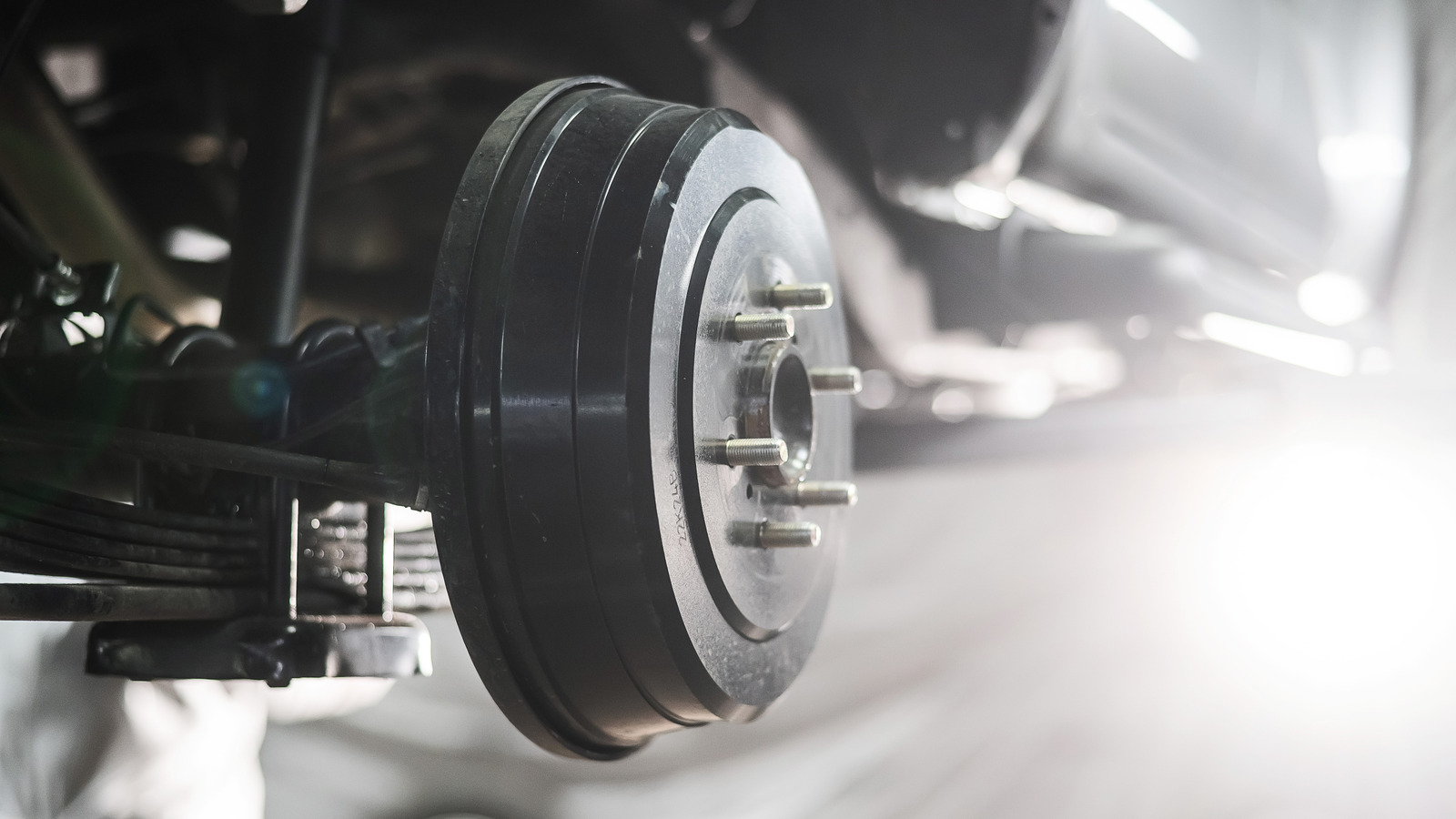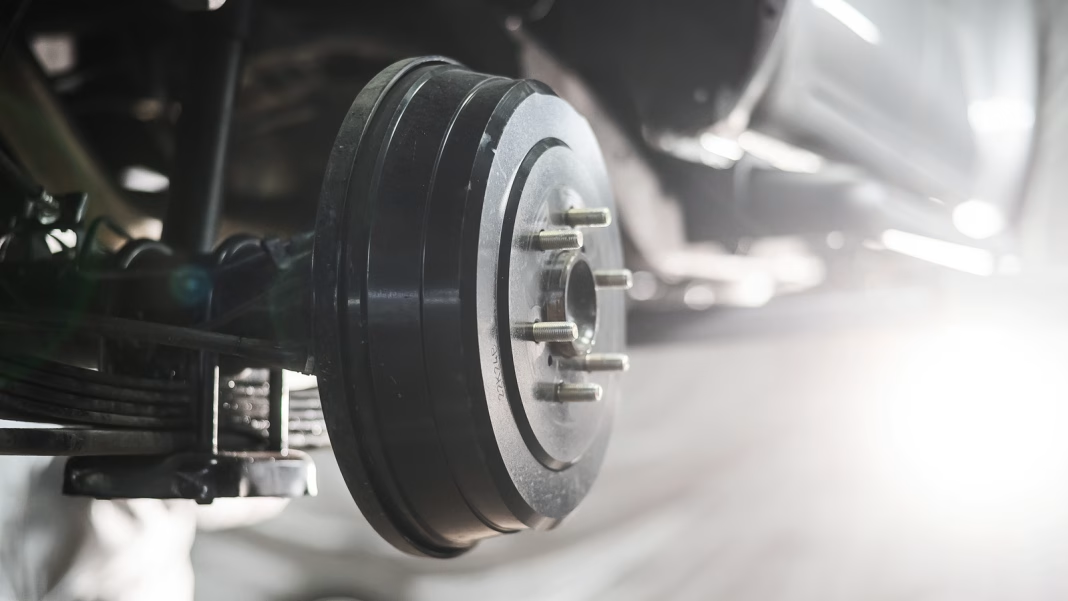When Did Cars Start Moving Away from Drum Brakes?
If you take a peek under the wheels of most cars built after the 1980s, you’ll spot a familiar sight: disc brakes. But it wasn’t always that way. Drum brakes once ruled the roads, especially from the 1920s through the early 1970s. The big shift started in the late 1960s and picked up steam in the 1970s as automakers began putting disc brakes on the front wheels of mainstream vehicles. By the 1980s, disc brakes had become the standard up front, with drums lingering on rear wheels for budget models or trucks. Today, full four-wheel disc setups are the norm for most cars, especially anything performance-oriented or safety-focused.
What Sparked the Move to Disc Brakes?
It wasn’t just about keeping up with the times. Drum brakes, while reliable and cheap to produce, had some serious drawbacks. The most glaring? They just didn’t handle heat well. On a long downhill stretch or during repeated hard stops, drum brakes could fade—meaning you’d press the pedal and get less stopping power than you bargained for. Not exactly reassuring.
Disc brakes, on the other hand, dissipate heat much more efficiently. Their open design allows air to flow freely, cooling things down fast. This means more consistent braking, even when things get hot and heavy. Plus, disc brakes are less likely to lock up in wet conditions, giving drivers better control when it matters most.
Are Disc Brakes Really That Much Better?
Let’s break it down. Disc brakes offer several clear advantages over drums:
– More consistent performance under stress (think mountain driving or stop-and-go traffic)
– Better resistance to water and debris, so you’re less likely to lose braking power in the rain
– Easier to inspect and maintain, since the pads and rotors are visible without taking the whole assembly apart
A study by the National Highway Traffic Safety Administration (NHTSA) found that vehicles equipped with disc brakes had shorter stopping distances and lower rates of brake-related failures compared to those with drums. That’s not just marketing hype—it’s a real-world safety difference.
Why Do Some Cars Still Use Drum Brakes?
You might be surprised to learn that drum brakes haven’t vanished entirely. Many budget-friendly cars and trucks still use drums on the rear wheels. Why? Cost is a big factor. Drum brakes are cheaper to manufacture and can double as a parking brake, simplifying the design. For rear wheels, which handle less braking force, drums can be “good enough” for everyday driving.
However, as hybrid and electric vehicles become more common, some automakers are rethinking rear brake designs. Regenerative braking systems take some load off the traditional brakes, so the choice between drums and discs is getting a fresh look.
How Does This Impact Maintenance and Longevity?
If you’ve ever had to replace brake pads, you know disc brakes tend to be more straightforward. Pads are easy to swap, and you can spot wear at a glance. Drum brakes, by contrast, are a bit more fiddly—removing the drum, dealing with springs and levers, and cleaning out accumulated dust.
Disc brakes also tend to last longer under heavy use, since they’re better at shedding heat. That said, for gentle drivers or folks who mostly cruise around town, drum brakes can last ages and cost less to service.
What Should You Look For When Buying a Car?
If you’re shopping for a new or used vehicle, check the brake setup. Four-wheel disc brakes are ideal, especially if you value performance or plan to drive in challenging conditions. For city commuters or budget-conscious buyers, rear drums aren’t a dealbreaker—but it’s worth knowing what you’re getting.
Some automakers highlight advanced braking systems as a selling point, and for good reason. Features like anti-lock braking (ABS) and electronic brakeforce distribution work best with disc brakes, further boosting safety.
The Big Takeaway
The evolution from drum to disc brakes isn’t about chasing the latest trend—it’s about safer, smarter driving. Disc brakes deliver more reliable stopping power, especially when the going gets tough. The big takeaway? Upgrading your brakes isn’t about perfection—it’s about smarter adjustments. Start with one change this week, and you’ll likely spot the difference by month’s end.


